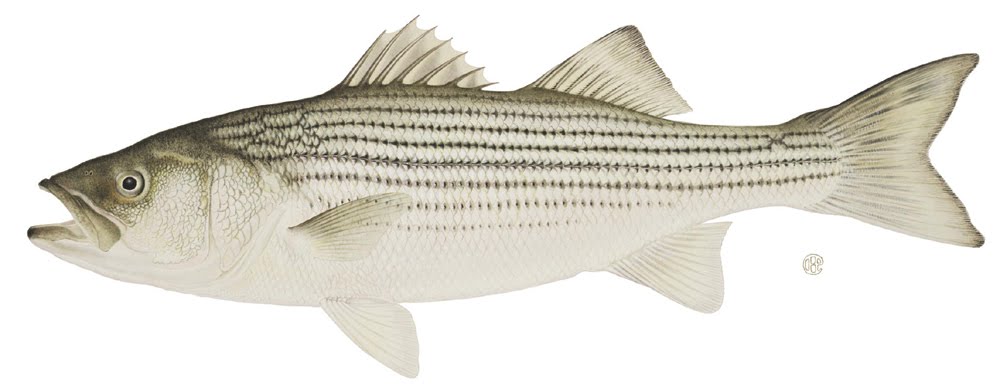
We have been serving rockfish for the last couple of weeks. Choosing seafood is always complicated because both environmental and health factors have to be considered when deciding what fish to eat. We rely heavily on two websites, Monterey Bay Aquarium and Oceans Alive to help stay current. Luckily we also have additional help from our fish purveyor, Jim of Prime Seafood. Jim's passion is healthy waterways and fish. He only sells fish that pass his stringent, well informed test which means that some days Jim will have only one variety of fish for sale. This is fine with us because we know that any fish we get from him is incredibly fresh, has not caused a negative environmental impact and is healthful. We are very happy to be in the middle of local rockfish season. For much of the year it is impossible to get healthful and sustainable fish that is also local. Not so long ago rockfish were over fished and their population was in danger. Fishing regulations have helped to restore the population to healthy levels.
I asked Jim to send me some additional information about the rockfish we have been enjoying this is what I got...
"Striped bass (known locally as rockfish) are available from November through March. We get ours in the lower Rappahannock and Potomac Rivers, they are caught just hours before delivery to DC. After rockfish spawn (during March) the adults move out of the Bay and progressively farther up the coast each year as they get older with the largest spending the summer through fall off Long Island, Cape Cod and the inshore part of the Gulf of Maine. As winter comes on the colder waters push the rockfish back down the coast and they re-enter the Bay's major rivers such as the James, York, Rappahannock, Potomac and Susquehanna. The Chesapeake produces about 90% of the east coast's striped bass.
Rockfish spawn in the parts of these rivers just below the "fall line" (for example, Chain Bridge is at the Potomac River's fall line). They are not good jumpers like salmon so they can't get up above the fall line in each river. Their eggs need a strong current to keep them from falling to the bottom where they would be covered with sediment and where they would suffocate from lack of oxygen and die. Young rockfish spend the first 3 years of their lives in local rivers feeding on progressively larger fish (like anchovies) and invertebrates (like blue crabs) as they get older..
Rockfish are ambush predators. The adults eat squid, herring, butterfish, menhaden, eels, sand eels, blue crabs and any other small fish or invertebrates they can fit in their mouths. They taste best if they have fed primarily on squid and herring, which are abundant off New England (where the adults spend much of the year). Maximum weight is probably about 100 lbs. The ones we get weigh about 10 - 30 lbs.
The commercial and recreational fisheries are closely monitored to promote healthy population. The striped bass recovery is one of the only success stories in US fishery management."
Last week we cured rockfish and served it with a salad of brussel sprouts, jerusalem artichokes and radishes. Saturday night we plan to roast the rockfish which will result in a delicious crispy skin and moist bouncy flesh. We will serve it with corn grits, turnip greens, leeks and carrots.
